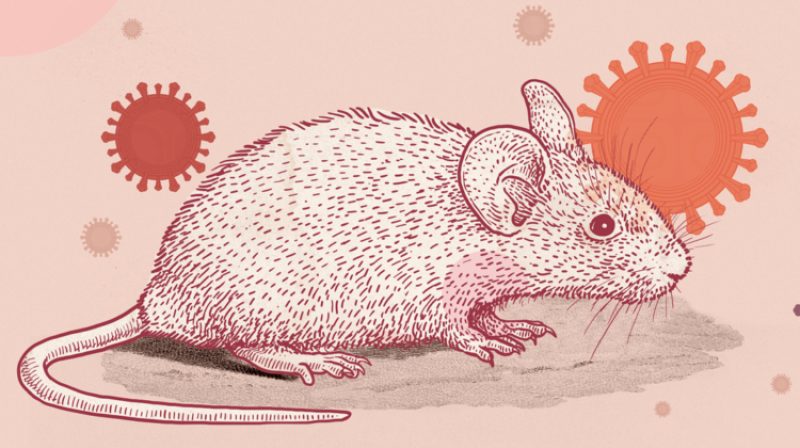Scientists at Boston University came under fire [recently] for an experiment in which they tinkered with the Covid virus. Breathless headlines claimed they had created a deadly new strain, and the National Institutes of Health rebuked the university for not seeking the government’s permission.
As it turned out, the experiments, performed on mice, were not what the inflammatory media coverage suggested. The manipulated virus strain was actually less lethal than the original.
But the uproar highlighted shortcomings in how the U.S. government regulates research on pathogens that pose a risk, however small, of setting off a pandemic. It revealed loopholes that allow experiments to go unnoticed, a lack of transparency about how the risk of experiments is judged and a seemingly haphazard pattern in the federal government’s oversight policy, known as the P3CO framework.
Even as the government publicly reprimanded Boston University, it raised no red flags publicly about several other experiments it funded in which researchers manipulated coronaviruses in similar ways. One of them was carried out by the government’s own scientists.
Others raised a different problem: Research that isn’t funded by the government does not have to follow the government’s rules.
“I think that ultimately we would all agree that publishing a policy that would be broadly applicable would be ideal,” said Karmella Haynes, a biomedical engineer at Emory University and a member of the National Science Advisory Board for Biosecurity. “Now how to actually enforce that, I think, is beyond our charge.”































